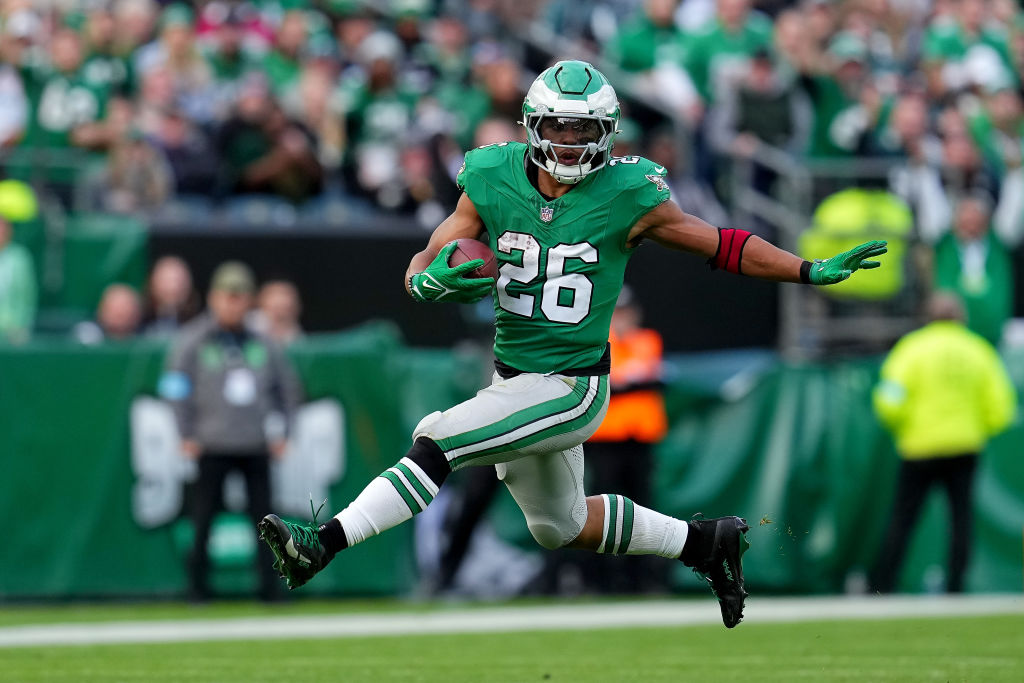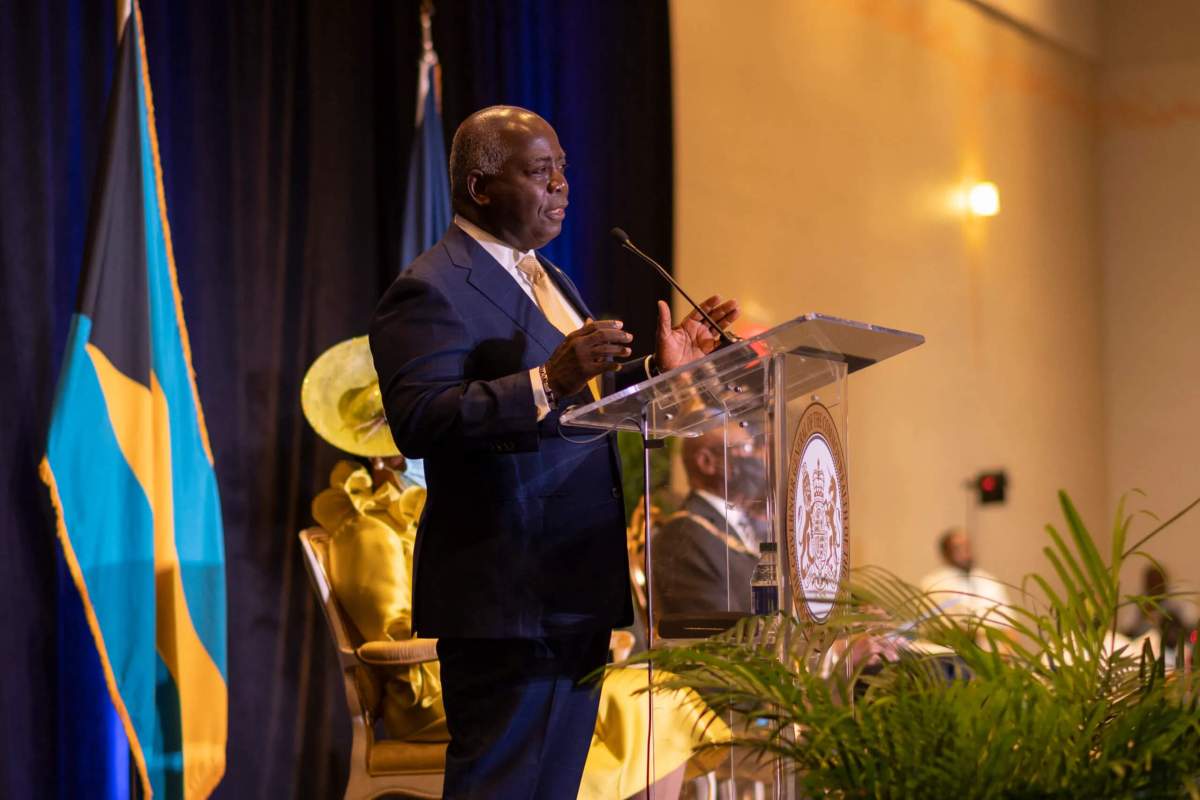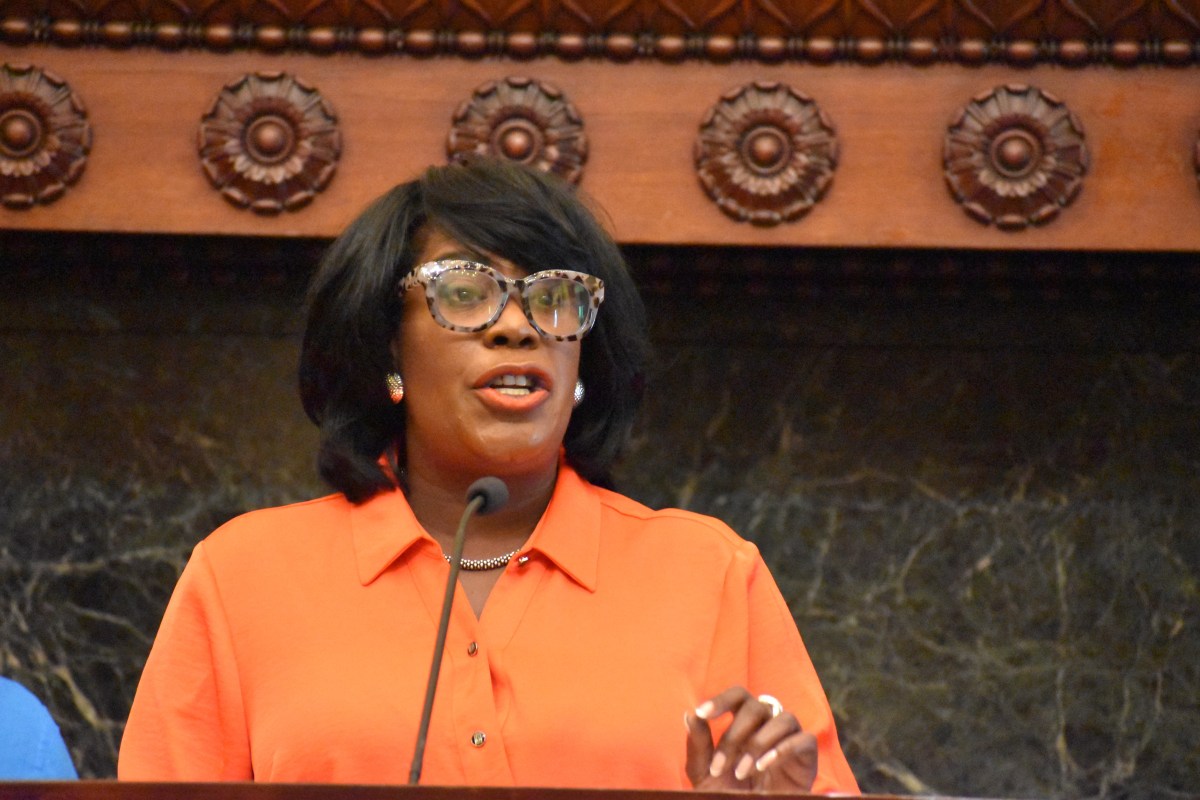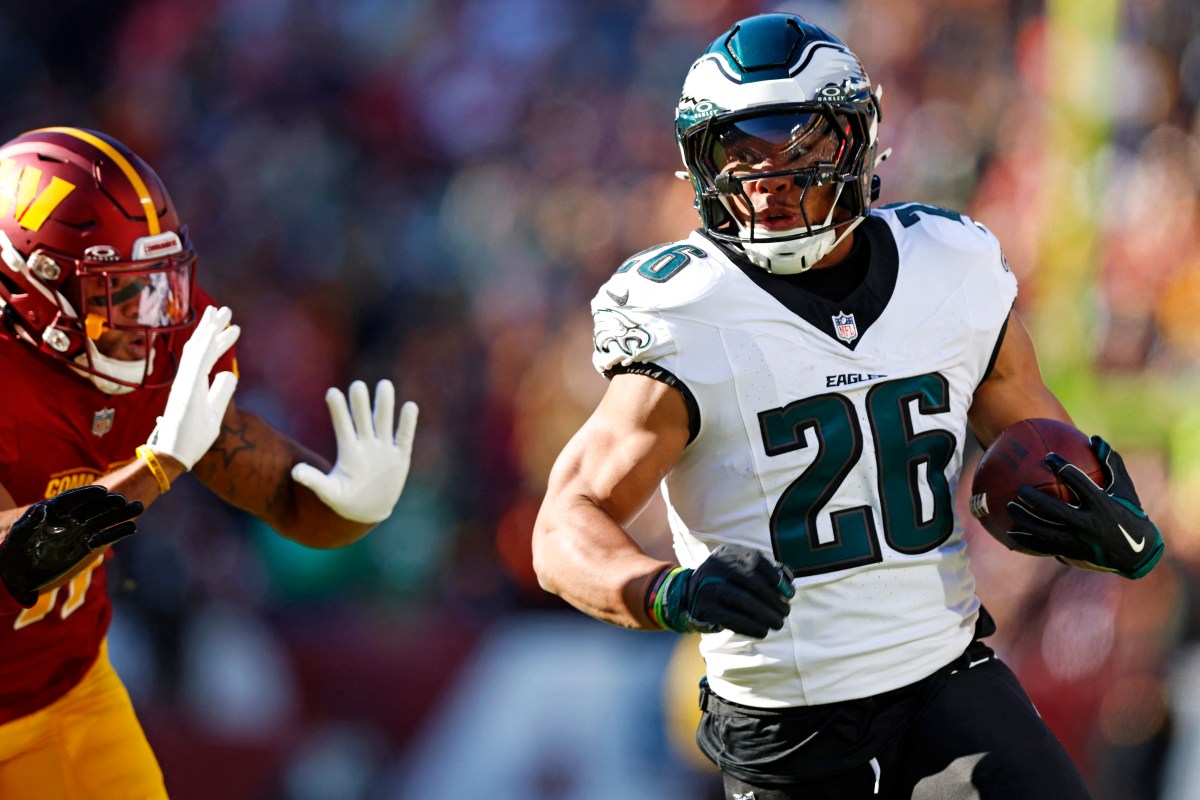TORONTO (AP) — King Charles III was officially proclaimed Canada’s monarch Saturday in a ceremony in Ottawa.
Charles automatically became king when Queen Elizabeth II died Thursday. But like the ceremony in the United Kingdom hours earlier, the accession ceremony in Canada is a key constitutional and ceremonial step in introducing the new monarch to the country.
Charles is now is the head of state in Canada, which is a member of the British Commonwealth of former colonies.
“Canada has enjoyed a long history and a close friendship with His Majesty King Charles III, who has visited our country many times over the years,” Prime Minister Justin Trudeau said in a statement.
“On behalf of the Government of Canada, we affirm our loyalty to Canada’s new King, His Majesty King Charles III, and offer him our full support.”
Visits by Charles over the years have attracted sparse crowds.
Though Canadians are somewhat indifferent to the monarchy, many had great affection for Elizabeth, whose silhouette marks their coins. She was the head of state for 45% of Canada’s existence and visited the country 22 times as monarch.
Overall, the antiroyal movement in Canada is minuscule, meaning that Charles will almost certainly remain king of Canada.
One reason is that abolishing the monarchy would mean changing the constitution. That’s an inherently risky undertaking, given how delicately it is engineered to unite a nation of 37 million people that embraces English-speakers, French-speakers, Indigenous tribes and a constant flow of new immigrants.
“Politically, I think there is no appetite for any kind of constitutional upheaval,” said Robert Bothwell, a professor of Canadian history and international relations at the University of Toronto.
Trudeau attended the ceremony where the Chief Herald of Canada read the proclamation on the accession of the new sovereign.
Also taking part was Governor General Mary Simon, who is the representative of the British monarch as head of state, a mostly ceremonial and symbolic position. She is an Inuk and is the first Indigenous person to hold the position.
A 28-member band of the Canadian Armed Forces played “God Save the King” during a 21-run gun salute. Canada’s national anthem marked the end of the ceremony.





















